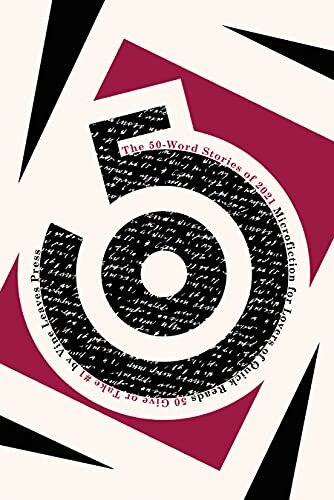Excellent news! My article was published this morning in the WOW newsletter. Happy to share this fun topic with you, and if you’re interested, my next online class begins Friday, January 14th (details here: Fundamentals of Graphic Novel Creation).
Photo courtesy of Kelly Sikkema @kellysikkema at Unsplash.com
“Why Try Writing Graphic Novels?”
By: Melanie Faith
The initial answer is simple and direct: graphic novels are an exciting mode of storytelling and can encompass several genres. There are comics that are based on vignettes or flash fictions. There are comics that are fully autobiographical and others that are semiautobiographical and based on some real-life events. There are comics that are memoirs. There are comics whose protagonist is entirely fictional as well as comics based on historical figures and events from the past. There are animal comics. There are comics whose protagonist is otherworldly (science fiction and fantasy), from another realm or distant galaxy, from another time period or dimension. There are comics that have everyday protagonists who get stuck in traffic and hate certain foods, like you and me, and comics where the protagonists transcend the daily drudgery as secret superheroes who whip out their cosmic powers just in time.
Even more than that initial answer, however, graphic novels share key traits of meaningful literature that you’re already probably writing to hook readers into these visual stories, such as:
--Graphic novels have strong characters with a perspective and a problem that’s not easily (or forever) solved: whether from a down-on-her-luck office worker who just can’t catch a break or a fairy queen with magical abilities who leads her fellow fae to victory, if you can dream up a protagonist who has something to say and a perpetual conflict to try solving, then you can craft a strong plot for a graphic novel. The office worker decides she’s going up for the big promotion, only to get bested by the office bully, but only for a few panels before she cooks up another plan to aim for that promotion or something equally important to her growth. Even when the fairy queen swoops in to save her folk today, another destructive force must appear—in the next chapter, page, or even the next few panels—to challenge her abilities and give her a reason to test her powers and lead her fellows past obstacles to victory all over again. Struggle, momentary victory, struggle again is a good motto for graphic-novel planning.
--Graphic novels often have characters who are delightful oddballs or passionate outcasts who question their place in the world through their actions, dialogue, and their inner doubts and fears as they move through these challenges, however slowly, haltingly, or while bumbling sometimes. Insecurities, fears, limitations, frustrations, self-consciousness, anxieties—call them what you will, but graphic novel protagonists are often recognizable and loveable for the very sensitivities that keep readers reading (and putting themselves into the protagonists’ shoes). Just like in short stories and movies, nobody roots for a character who is picture perfect in every way and has it all figured out every step of the way. Graphic novel protagonists are often thrown into new environments where they feel overwhelmed for much of the narrative or cannot escape their home environments where they have never felt the same as others. In both situations, the protagonists demonstrate their character, mettle, sass, and wit through how they cope (or barely cope or mostly fail to cope) with not having complete (or even partial) control over their lives. Humor and pathos both result from tales of protagonists doing the best they can as fish out of water.
--Graphic novel characters and narratives touch on universal truths. Whether your novel is set on a distant star or in Chicago of 2130 or in your own home office this very year or in Boston in 1850, one of the hallmarks of graphic novels is that they illuminate what it means to live in an imperfect world with others who frequently have different goals that conflict with one’s own. Readers want to identify with and cheer on the situations protagonists navigate through and, as a bonus benefit, feel a sense of investment in the protagonists’ struggles and triumphs and encouragement about their own lives.
Yeah, but comics are written by people who are whizzes at drawing, right? Nope. Graphic novelists don’t have to have the most up-to-date software or even be skilled at drawing or anywhere near professional-artist level. If you can sketch a table or shapes and/or draw a stick figure, you can get your point across based on the story your graphic novel tells and the strength of your protagonist, antagonist, conflict, rising actions, and story arc. Plenty of writers team up with professional or student artists to make their comics, which is another option. Comics can also be created from photography and collage as well as simple line drawings and from various forms of drawing software and apps.
So, if you have elementary artistic skills or can take a photo or sketch basic shapes and draw a stick figure, possess an interest in making good literature with a strong, identifiable protagonist who gets in hot water and feels hesitant about their vulnerabilities and yet finds their own way, bit by bit, it’s likely you can turn a strong character and story premise into an entertaining, meaningful graphic novel. It’s well worth dipping your toes into the graphic-novel waters to give it a try.
Image courtesy of Kelly Sikkema @kellysikkema at Unsplash.com














